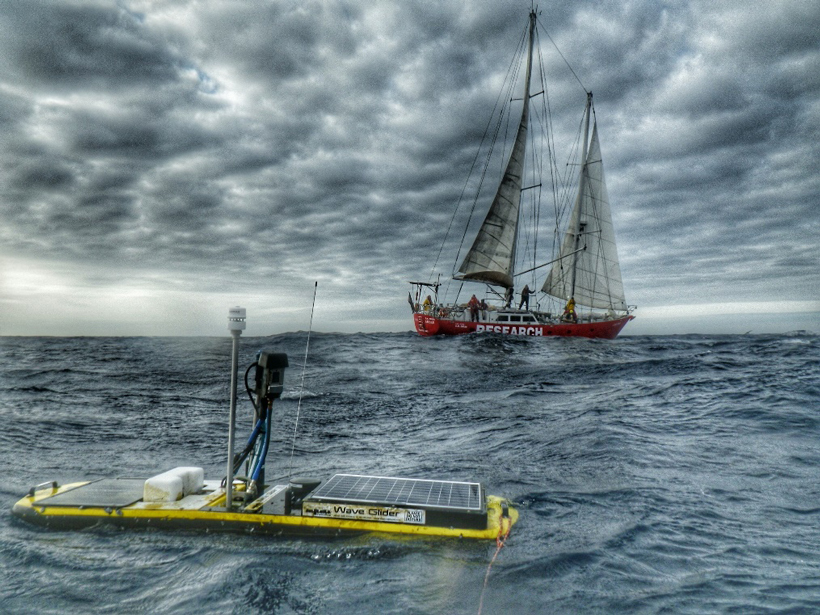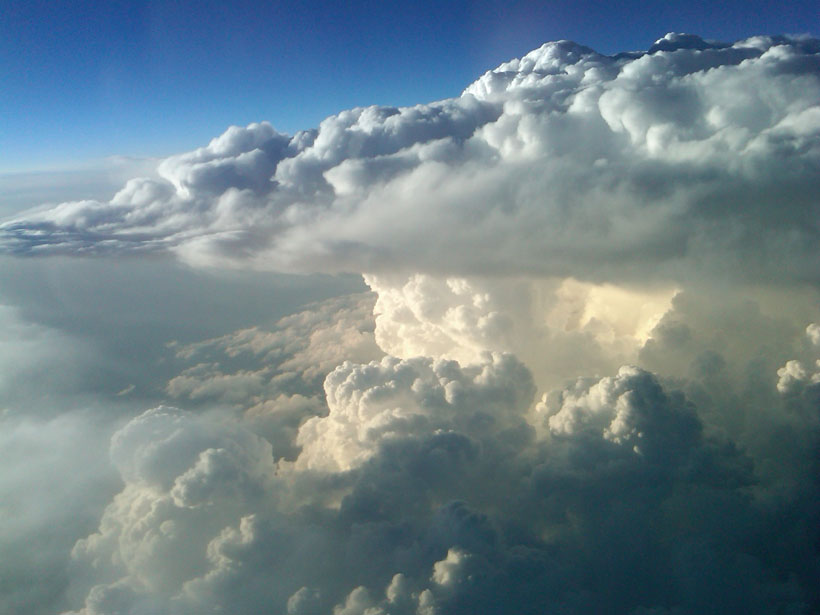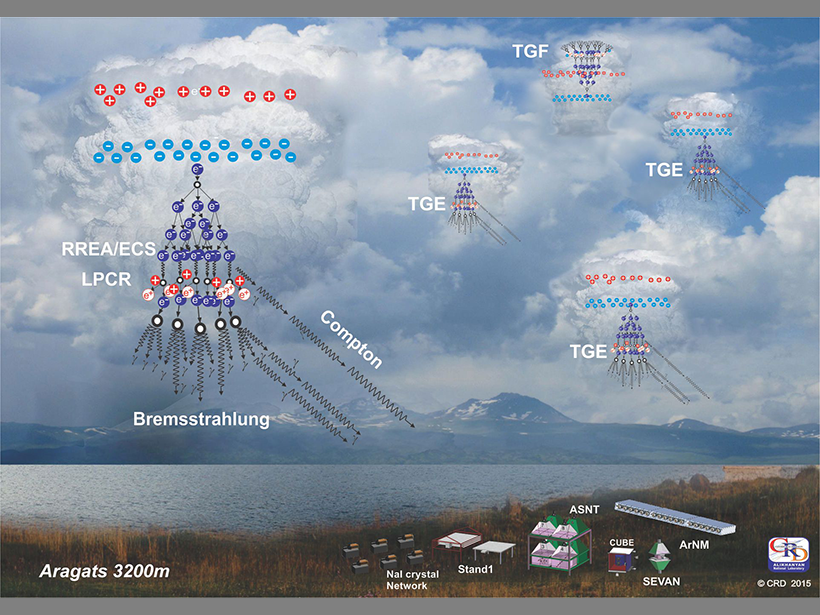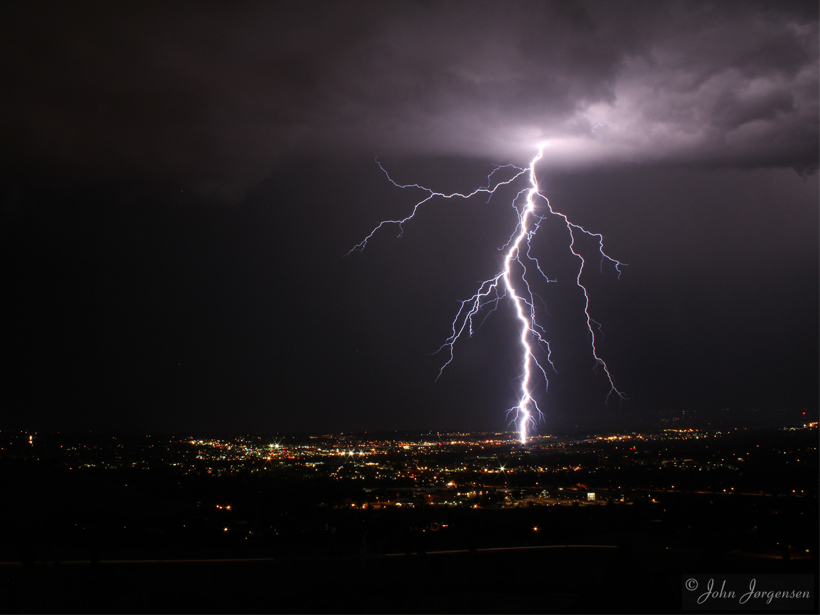The detached bursts of brilliance might explain why the lowest point of a lightning bolt will sometimes suddenly brighten by up to 50% and double its speed as it hurtles to Earth.
everything atmospheric
New Approaches for Air-Sea Fluxes in the Southern Ocean
Air-Sea Fluxes for the Southern Ocean: Strategies and Requirements for Detecting Physical and Biogeochemical Exchanges; Frascati, Italy, 21–23 September 2015
Connecting Thunderstorms and Climate Through Ozone
New data links thunderstorms to climate via their impacts on aerosols, ozone, and water vapor in the stratosphere.
Ionospheric Waves Linked to Polar Atmospheric Dynamics
Ionospheric waves are likely to be caused by processes in the polar atmosphere rather than by space weather.
Blowin’ in the Wind: Observing Stratospheric Aerosols
New observations and understanding of stratospheric particles are crucial for evaluating their role in climate change.
A Decade of Progress in Stratospheric Aerosol Research
Enhanced technology and chemistry-climate models have advanced our understanding of the sources and processes controlling the evolution of the stratospheric aerosol layer, the so-called Junge layer.
Where Does Lightning Come From?
Thunderstorms and Elementary Particle Acceleration (TEPA-2015); Yerevan, Armenia, 5–9 October 2015
Icy Clouds May Counter Climate Warming Less Than Expected
A new analysis of cloud composition and behavior suggests that scientists have overestimated the ability of a type of mixed-phase ice-and-water cloud to mitigate climate change effects.
Considering Atmospheric Electricity in Climate Models
Researchers create a new model of the electric currents circulating throughout the atmosphere that will improve the accuracy of global climate models.
How Do Climate Variations Affect the Width of the Tropics?
The Width of the Tropics: Climate Variations and Their Impacts; Santa Fe, New Mexico, 27–31 July 2015









